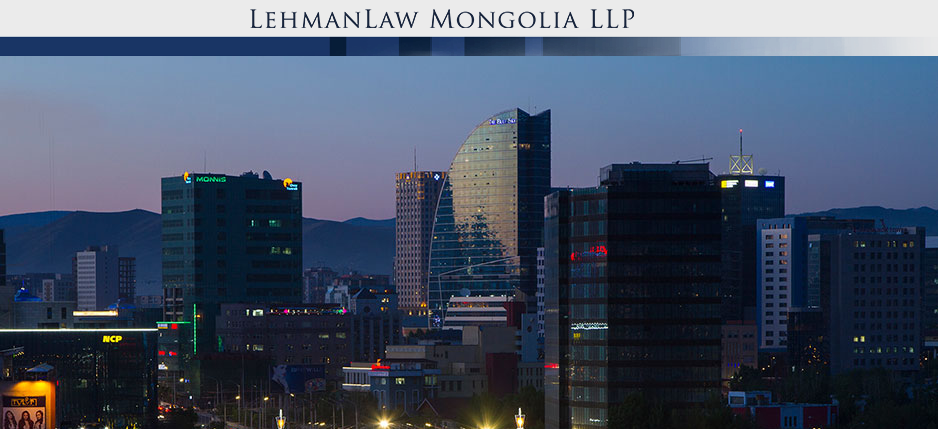When an invention or utility model patent application is submitted in Mongolia, the Intellectual Property Office notifies the applicant or their authorized representative within three working days of receipt.
Within 10 working days, the Office reviews whether the application meets the formal requirements specified in the Patent Law. If complete, the filing date is officially recorded as the date of receipt, and the application is registered in the national database.
If the application lacks required elements, the applicant is notified (via paper or electronically) and must submit the necessary amendments within two months. This deadline may be extended by up to three months upon request and payment of a service fee. Failure to respond will result in the application being considered withdrawn.
Should the applicant submit amendments that still do not meet formal requirements, a second notice is issued. The applicant must then comply within 15 working days, and service fees will apply.
The preliminary examination period depends on the type of application:
- Invention applications: within 4 months after satisfying formal requirements
- Utility model applications: within 2 months
If the application does not meet legal criteria, it will be dismissed with notice.
Applications that satisfy all conditions under Articles 17 to 20 of the Patent Law will receive an official conclusion on the preliminary examination. All notices are delivered in either written or electronic format.
#IntellectualProperty #PatentLawMongolia #MongoliaIP #UtilityModel #InventionPatent #IPOMongolia #PatentFiling #MongoliaLaw #InnovationAsia #StartupLegalMongolia #LegalUpdateMongolia
